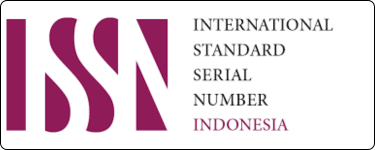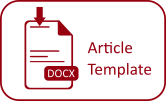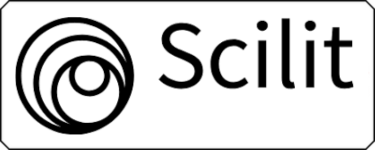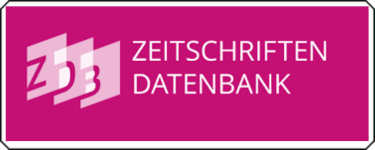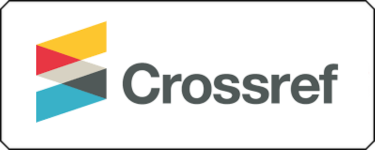Peer Review Process
Jurnal Keamanan Nasional is a peer-reviewed academic journal published twice a year (July and December).
Manuscripts are accepted in English or Bahasa Indonesia and must align with the aim and scope of the journal, which covers national and international security, human security, political violence, conflict resolution, terrorism, military and non-traditional security issues.
All submissions must comply with the Author Guidelines and demonstrate scientific merit, originality, and relevance to the journal’s scope. Manuscripts that do not conform to these requirements will be returned to the author(s) before further processing.
Plagiarism Screening
All manuscripts must be free of plagiarism and self-plagiarism.
Authors are required to conduct a similarity check using Turnitin software before submission and upload the Turnitin report (PDF format) alongside their manuscript.
The editorial office will re-check all submissions using Turnitin to ensure that the similarity index meets the journal’s ethical standard (maximum similarity threshold determined by the editor).
Review Procedure
- Jurnal Keamanan Nasional applies a double-blind peer-review process, where both authors and reviewers remain anonymous to each other.
- Each submitted research article is reviewed by at least two (2) qualified reviewers who are experts in the relevant field of security studies.
- Reviewers provide constructive, evidence-based comments to improve the quality and clarity of the manuscript.
Timeline
The time required for the review process depends on the timely response of reviewers.
Typically, the first round of peer review in Jurnal Keamanan Nasional takes approximately 6–8 weeks, with a maximum of 12 weeks under normal circumstances.
Editorial Decision
The final decision regarding the acceptance, revision, or rejection of a manuscript is made by the Editor-in-Chief, based on the reviewers’ recommendations and the manuscript’s compliance with the journal’s editorial policies and ethical guidelines.
The sequence of publication for accepted articles is determined by the Editor-in-Chief, considering the date of acceptance and, where relevant, the thematic and geographical diversity of authors.


